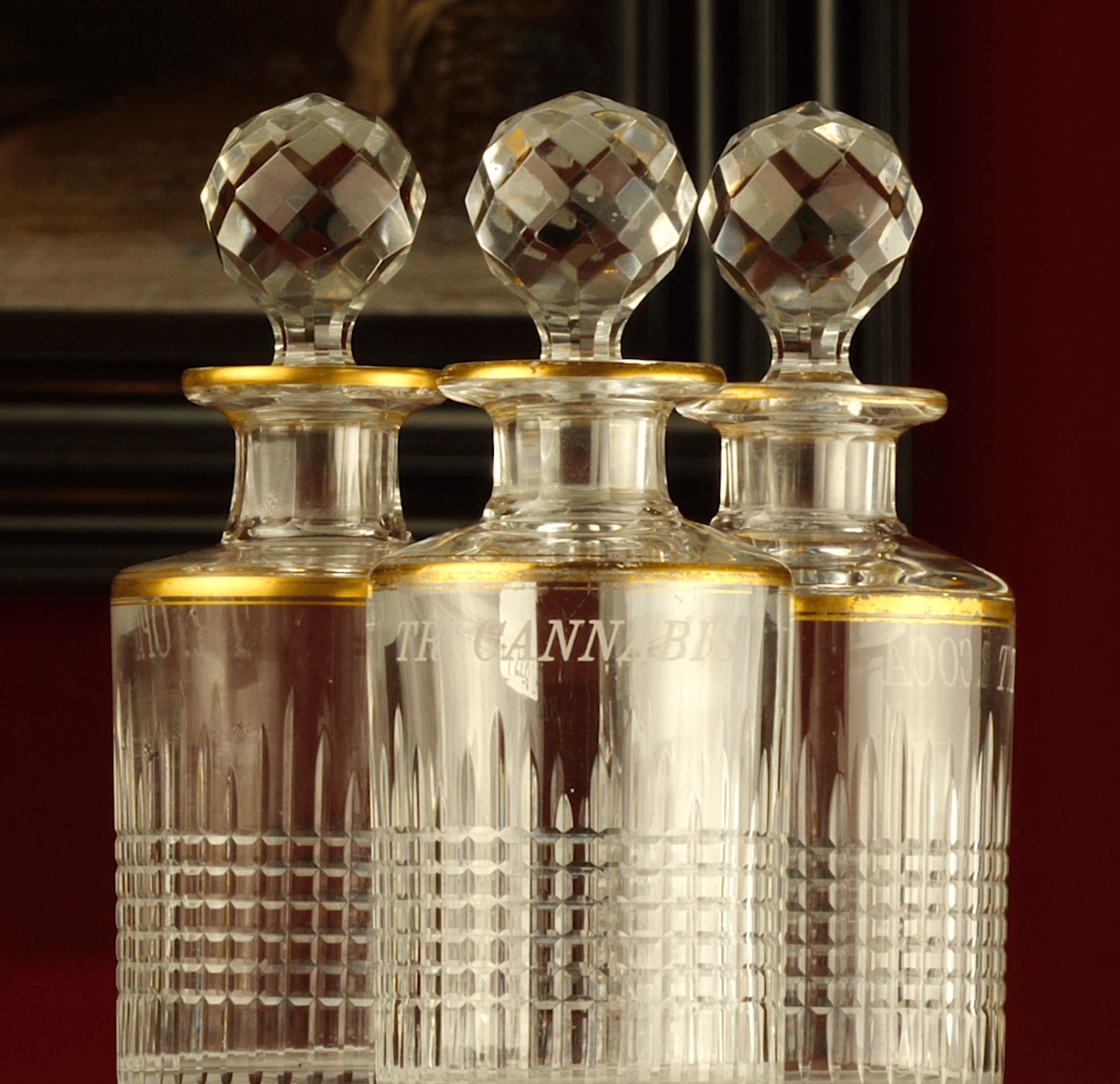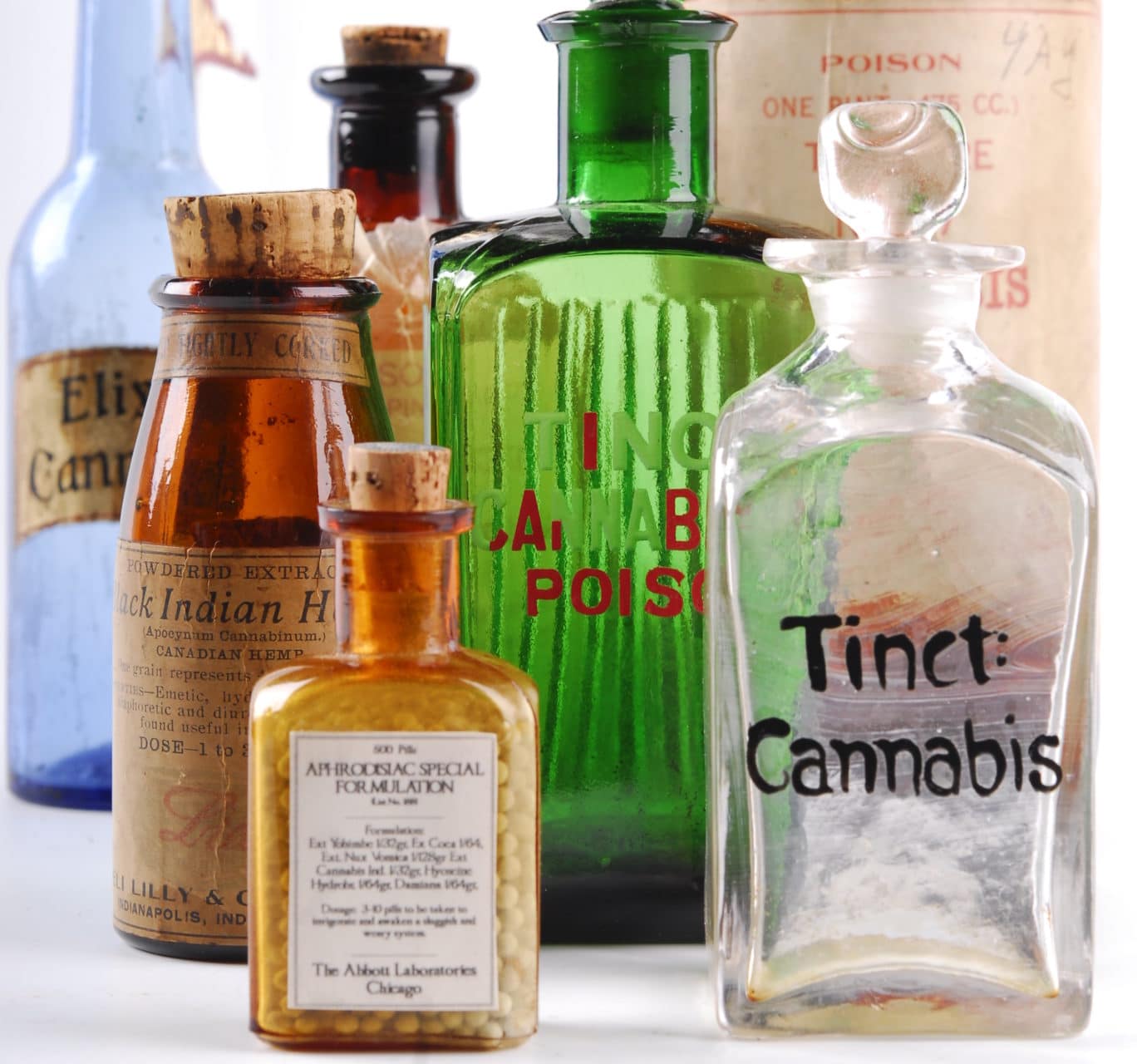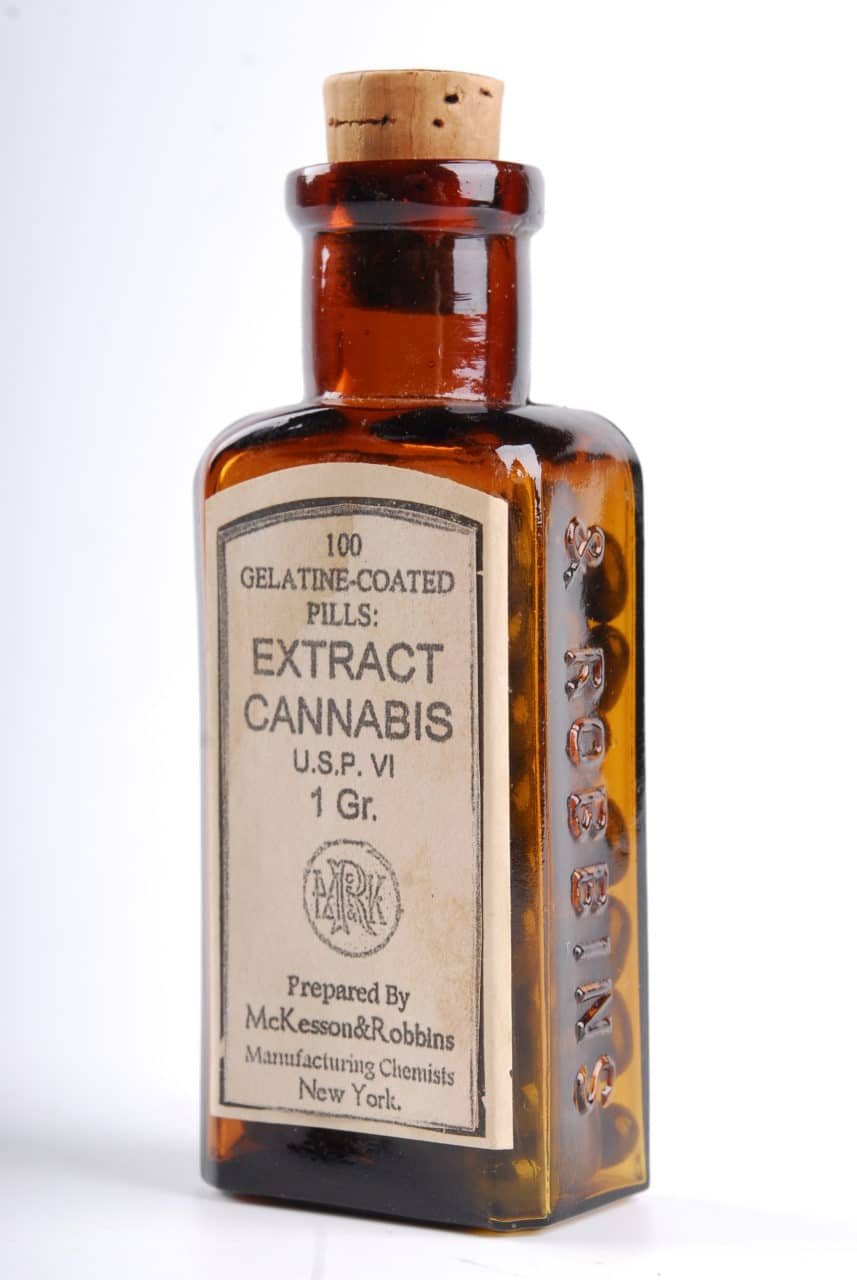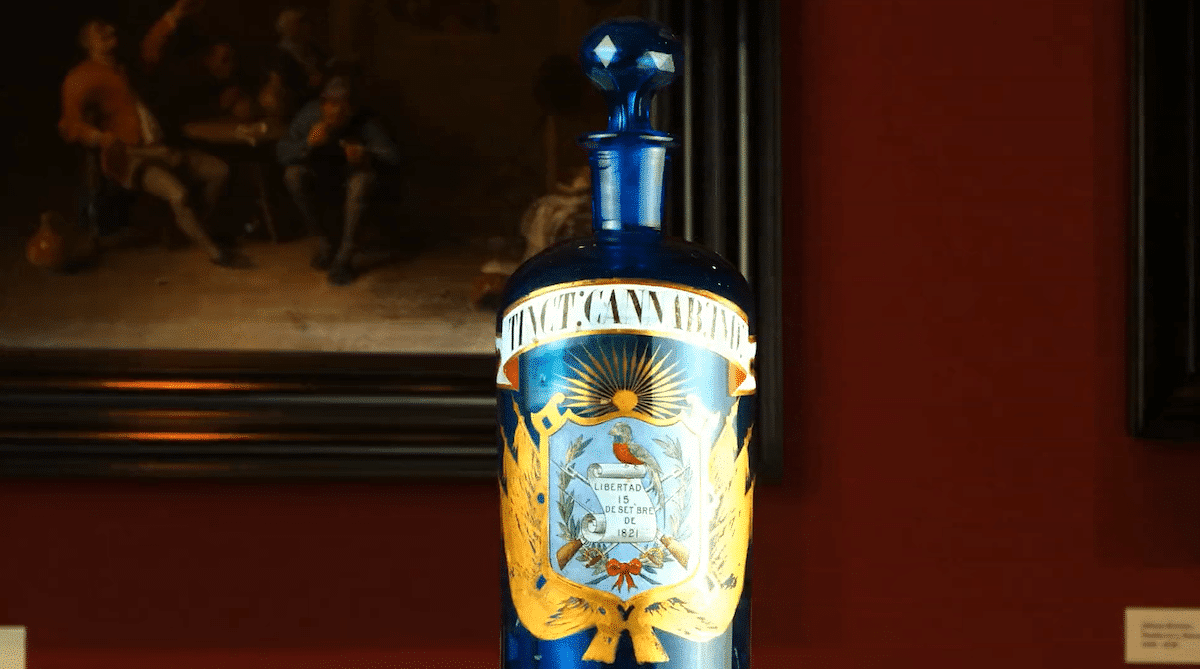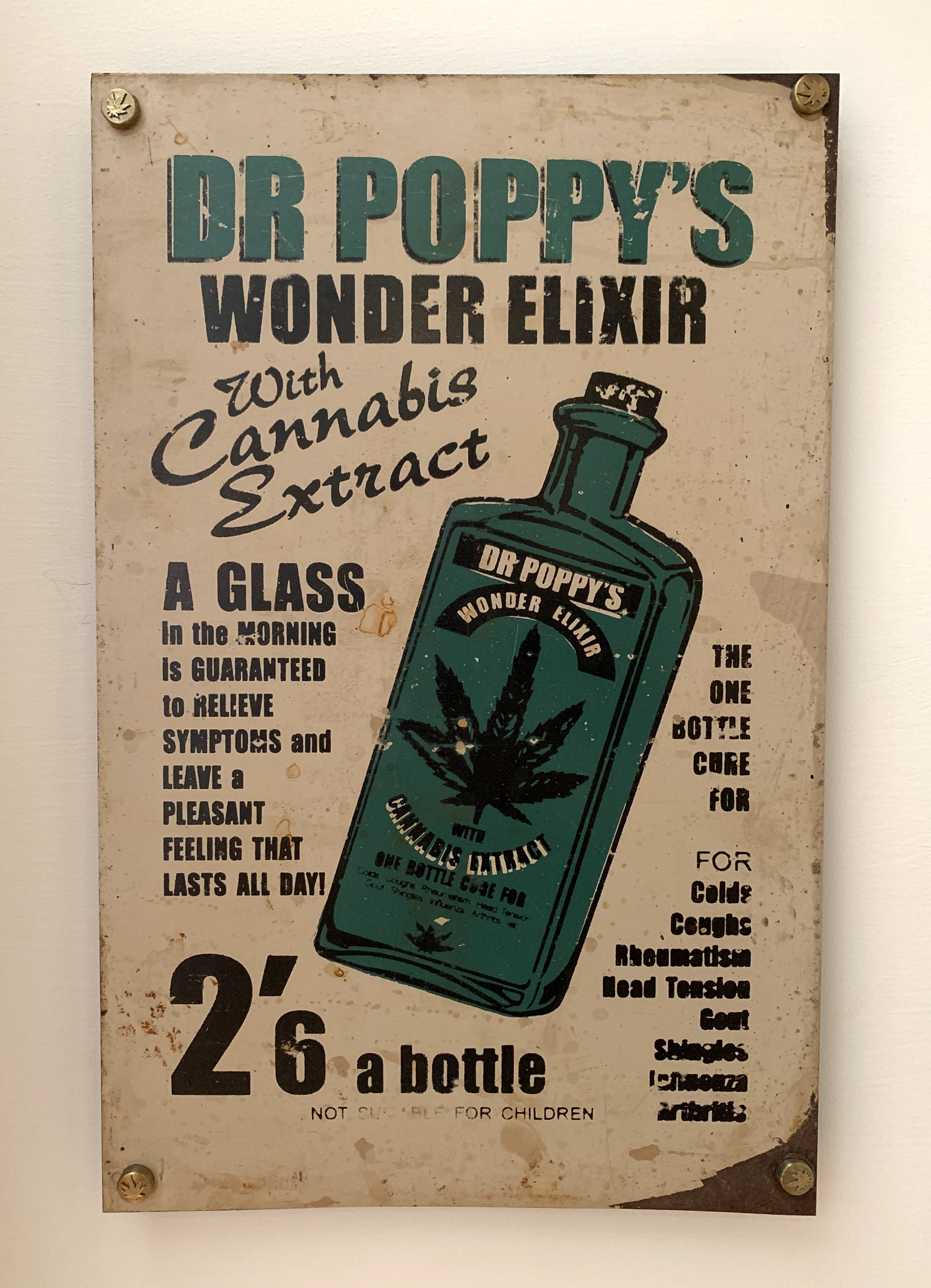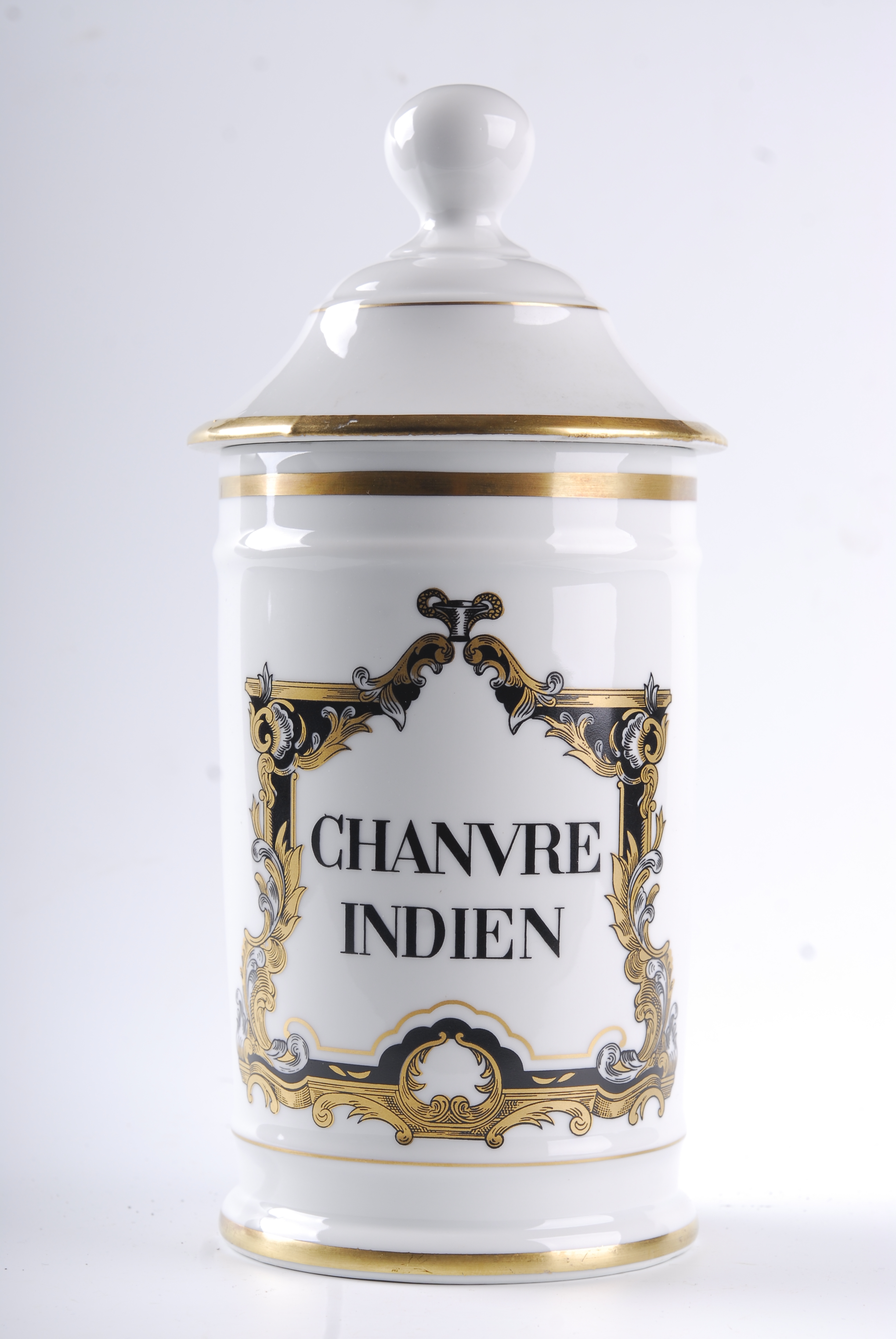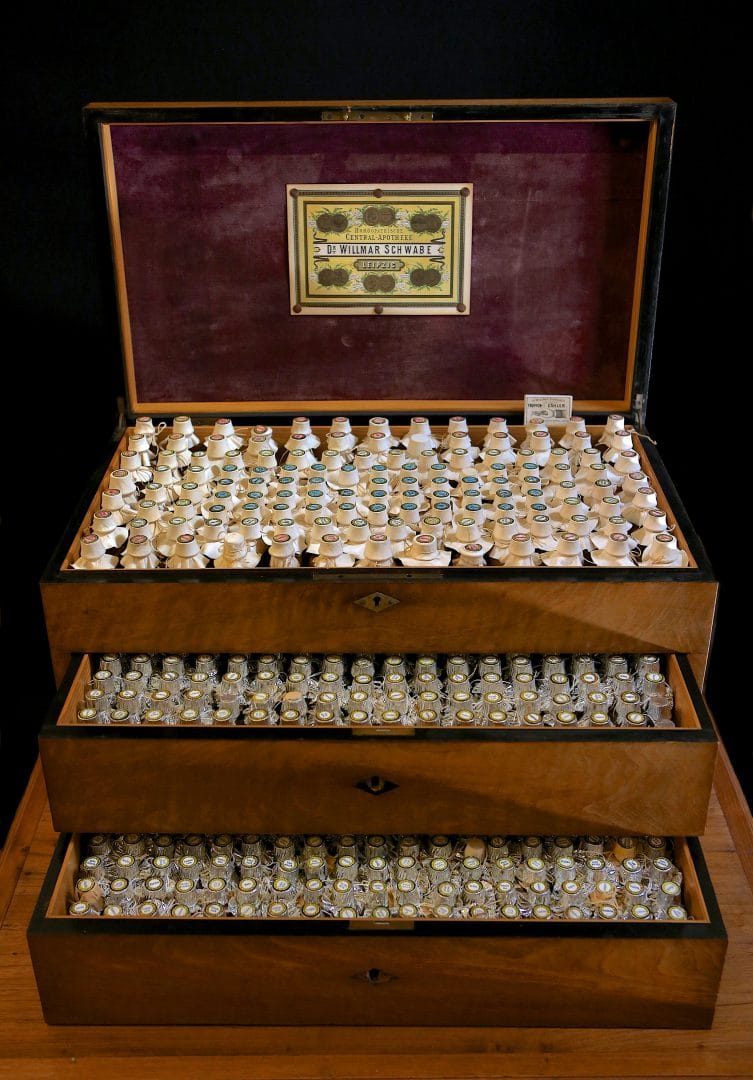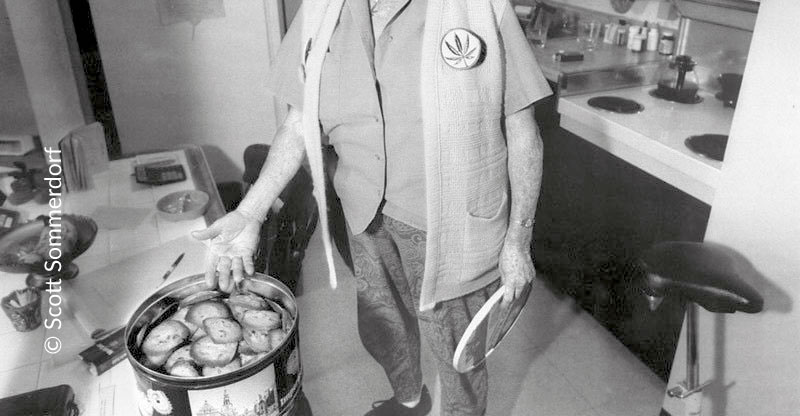History of medicinal cannabis
The history of medicinal cannabis goes back for centuries. All major civilisations were familiar with the medicinal qualities of cannabis and knew that it can have an analgesic, calming or stimulating effect on the human body.
These properties are praised in the oldest know herbal encyclopaedia, dating from around 2637 BCE. The book is attributed to Shennong, the mythological Chinese ruler and founder of traditional Chinese medicine. Cannabis is included in most medical treatises and manuals from that time onwards.
Medicinal marijuana in the west
In 1839, the genius Irish scientist Dr. William Brooke O’Shaughnessy (1809-1889) introduced the western world to the centuries-old medicinal use of marijuana and hashish in India. Inspired by his publications, cannabis extract started to be added to tinctures (alcohol based liquids). These were combined with opiates and other herbal extracts – sometimes even with cocaine.
Physicians prescribed the concoctions to young and old alike to treat all sorts of afflictions. For instance, a few drops mixed with warm water was a good remedy for muscle cramps, hysteria or menstruation pains.
In the mid-nineteenth century, almost every local pharmacist made their own tincture, but by the end of the century this was taken over by pharmaceutical businesses. Some of these are still famous today, such as the multinationals Parke-Davis & Co. and Eli Lilly. These firms advertised in leading magazines and published catalogues of medicines.
After opiates, cannabis was the second most commonly used ingredient in medicines offered by European and American pharmacies; this ceased in the early 20th century as the prohibition of cannabis became stricter and more widespread.
Cannabis medicine bottles
The Hash Marihuana & Hemp museum possesses and exhibits one of the world’s largest collections of medicinal cannabis bottles from the 19th and early 20th centuries.
